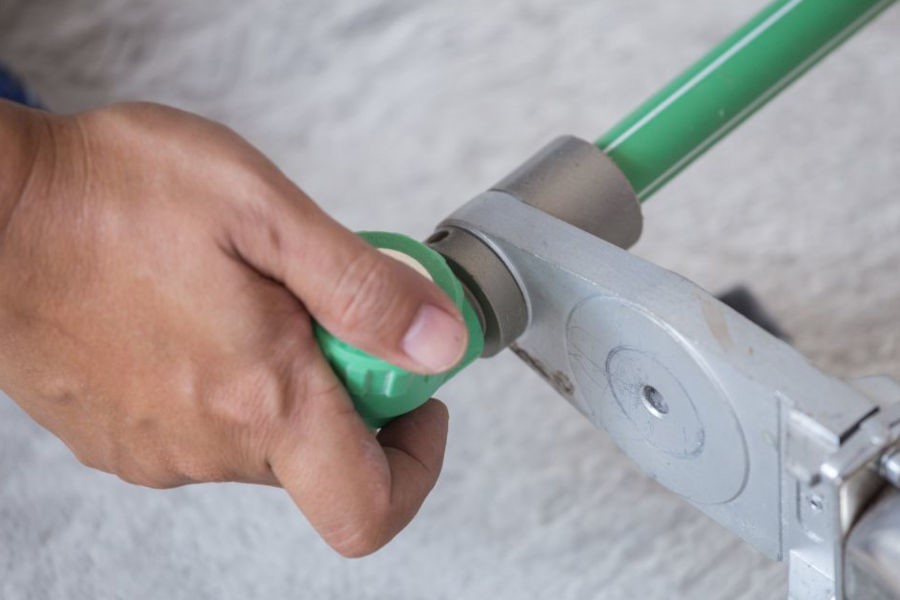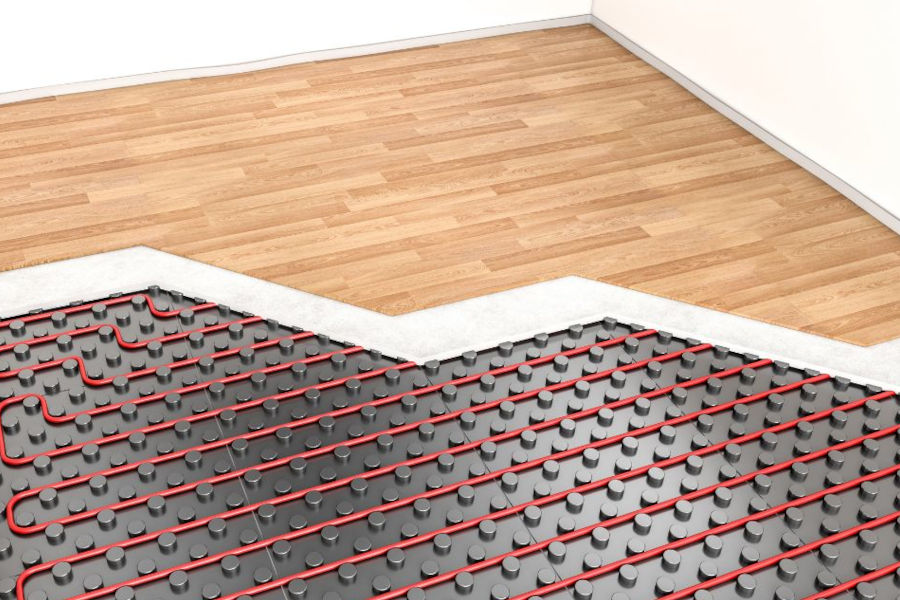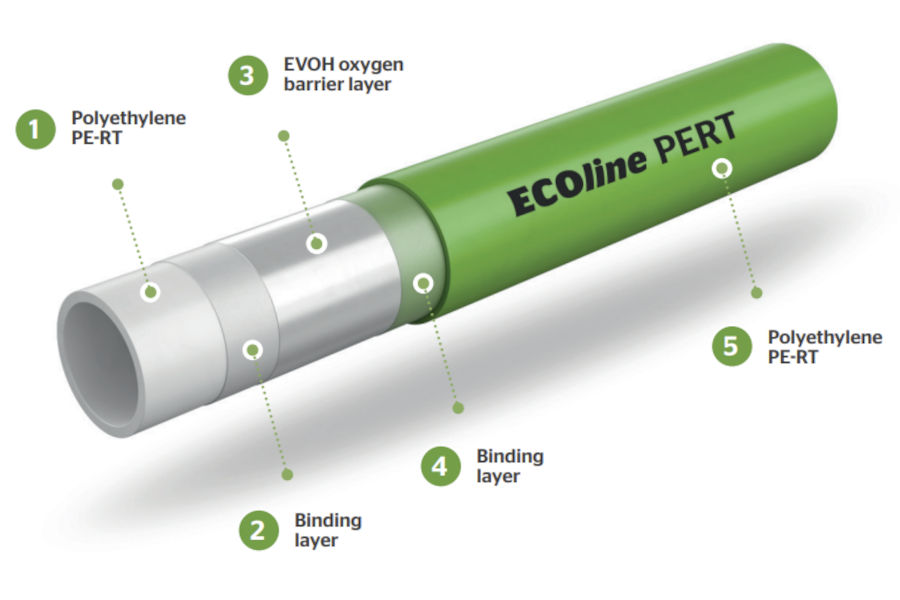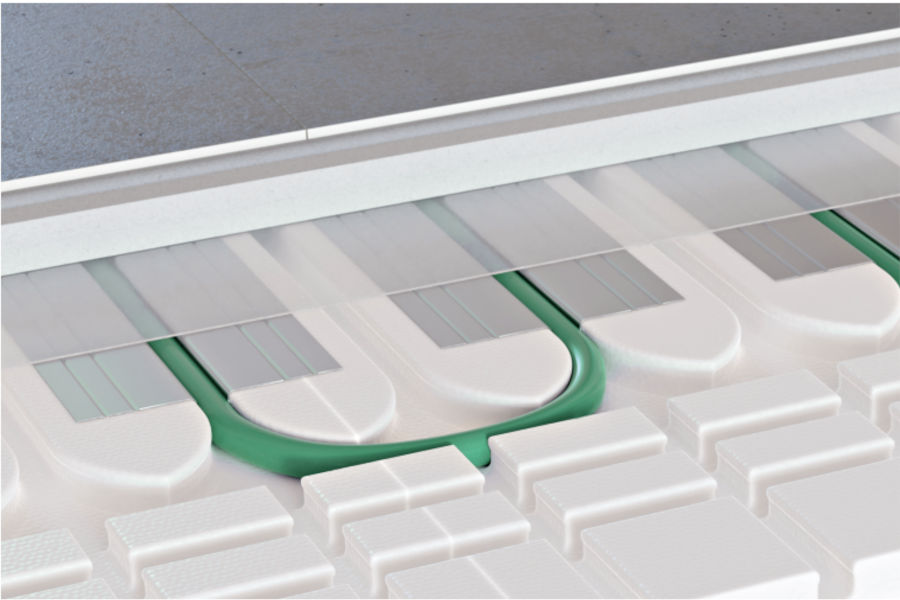
Menu

Share this post!
Radiant heating systems work by supplying heat directly to the floor, walls, or even ceilings in your home. As both a modern comfort and energy-efficient solution, radiant heating systems provide warmth and coziness in an innovative manner.
The right heating system in your home can significantly affect your comfort, energy usage, cost, and maintenance requirements. Before you invest in your heating system, it’s critical to understand the different system types and the advantages and disadvantages of each.
Radiant heating systems, known for their ability to deliver warmth in a more efficient and even manner compared to traditional methods, come in several distinct types. Each type caters to specific preferences, architectural nuances, and energy efficiency goals. Let’s explore the diverse world of radiant heating systems:
1. Hydronic Radiant Heating: These systems use water as the heat transfer medium. A network of pipes circulates warm water beneath the floor, radiating heat upward.
2. Electric Radiant Heating: This heating system employs electric cables or heating mats installed beneath the flooring surface to generate heat. These are best for small zones or adding heat to specific areas.
3. Air-Heated Radiant Floors: Air-heated systems use heated air as the medium for warmth. This type is less common than the others, but it can be a good alternative in certain situations.
4. Radiant Panels: Panels may be installed on the walls or ceiling to radiate heat into the space. Panels may be electric or hydronic, offering an excellent alternative for homes with limited floor space.
As we discuss the various radiant heating systems available, weighing the advantages and potential drawbacks of each type is essential. Let’s explore the pros and cons to help you make a more informed decision tailored to your heating preferences.
As the most popular and cost-effective radiant heating system out there, understanding the benefits and potential disadvantages of a hydronic system is key.
Advantages:
Disadvantages:
Advantages:
Disadvantages:
Advantages:
Disadvantages:
Advantages:
Disadvantages:
Nova Supply can help take the guesswork out of selecting the right radiant heating system for your needs. Whether you want to add radiant heating to your home, office, or other space, we can help you weigh the advantages and disadvantages and make the best choice.
As your premier plastic piping and radiant hydronic solutions provider, we will help you understand the design and installation process from start to finish and ensure you have a radiant heating system that will warm your space for years to come. Contact us today to get started!






Ready to discuss your plastic piping and radiant hydronic needs? Reach out to our knowledgeable team today. We're here to provide the expertise and guidance to make your projects a success.
